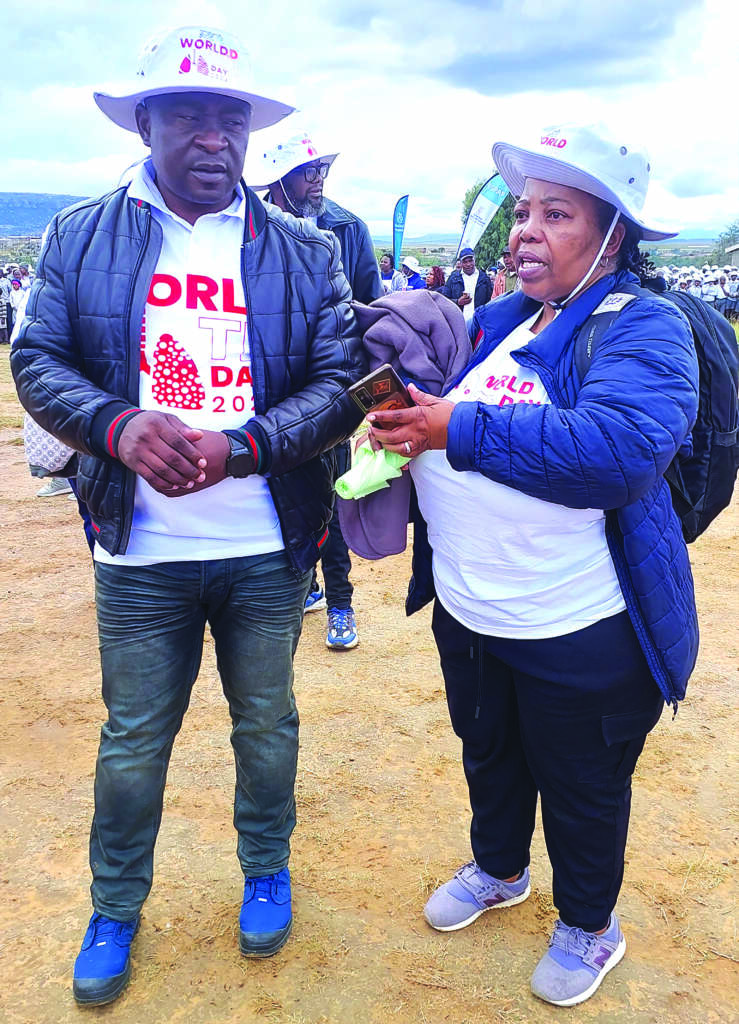Ntsoaki Motaung
The Ministry of Health, through its National TB Programme, has successfully traced at least 937 tuberculosis (TB) patients.
Of these, 928 have been enrolled in treatment, and the programme continues to track the remaining cases, according to its Manager, Dr. Llang Maama.
Dr. Maama explained that the campaign to find missing TB patients began on March 4 and covers all ten districts of Lesotho. She said the aim is to reduce the overall burden of TB in the country by ensuring all patients receive the necessary treatment.
“If we find all the patients, we shall ultimately reduce the overall TB prevalence. So now our efforts as a Ministry are towards finding all the missing patients,” she said.
The ministry estimates that 15,000 Basotho fell ill with TB in 2022, but only 6,601 cases were identified. Dr. Maama highlighted the ministry’s ongoing efforts to close this gap.
“According to the estimated burden of TB at 661 per 100,000 population, at least 15,000 Basotho are presumed to have TB. Those we have not found are termed ‘missing’ because we know they are there but have not yet been detected by our system,” she explained.
“Some may have sought services at our facilities, but we missed identifying them as TB patients or failed to register them properly. This is why we are also working on improving our Monitoring and Evaluation system to avoid any data losses,” she added.
The campaign integrates TB screening with other public health concerns using improved methods. “TB screening involves checking for four symptoms and using digital x-rays,” Dr. Maama noted.
The programme targets selected sites, starting with hard-to-reach areas, according to Dr. Maama, and engages the Lesotho Defence Force (LDF) to assist with transportation using helicopters.
“Seven teams have been established, three of which focus mainly on providing occupational services for ex-miners and their families. We also target other vulnerable groups, such as factory workers, public transport workers at taxi ranks, and the general public,” she said.
She further stated the challenges faced in reaching these areas.
“Hard-to-reach sites were selected precisely because they are difficult to access. People living there do not have easy access to health services due to distance and terrain. Lots of sacrifices are made, including working late, carrying equipment on horseback where vehicles cannot reach, and dealing with temporary staff getting sick or injured from accidents,” Dr. Maama explained.




